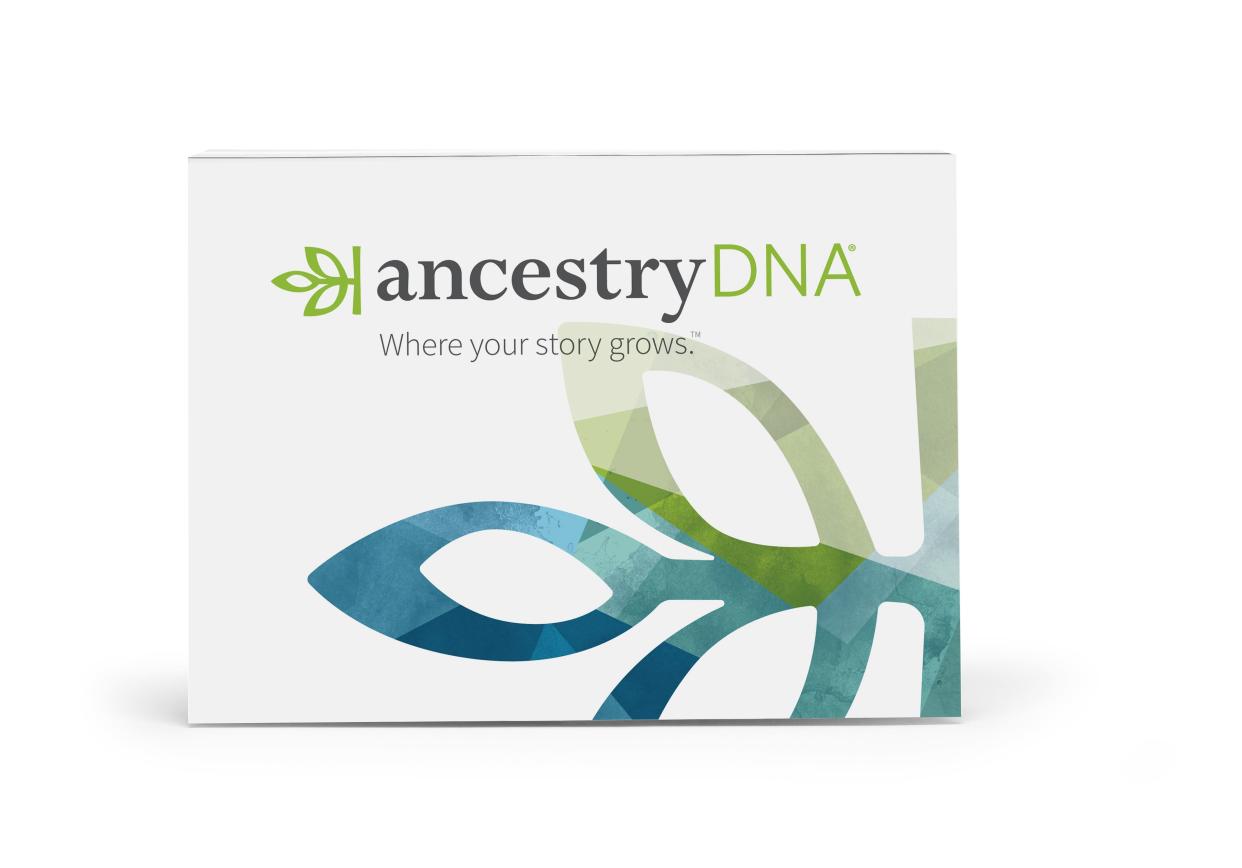Opinion: Genealogy research reveals the U.N. beneath our skins

We think of America as the great melting pot where every nation, culture, language, and religion in the world is represented among its people. Try a DNA ancestral test if you want to see a real melting pot – within you. I did and I discovered that I am a virtual United Nations.
I was inspired to undertake the test by programs on CNN and PBS where anchors and celebrities have explored their family history. For many years I have conducted my genealogical research so I was curious to see the results. My research was correct, but there were surprises, and this was to be expected because ancestry.com covers the past thousand years and as such is comprehensive.
To summarize, the largest slices on my ancestral pie chart are European and Native American – 67% and 29%, respectively. Native American means anywhere in the Americas. Sixty-one percent of the overall total was from Iberia – Spain, Portugal and Basque, the latter a province in northern Spain. The remaining European is European Jewish, France, Scotland. My results also showed African at 2% and North African at 2% as well. More on that later.
More: The Weils and other early Jewish settlers in Corpus Christi
I should point out that European Jewish is Ashkenazi, that is, from Eastern European countires such as Poland, Hungary, Belarus, Russsia, Ukaraine, Israel and other points.
Sephardic Jewish, that is, Jews from Spain (Sepharad being the Hebrew word for Spain) is more difficult to identify, because of intermarriage, but would be reflected in the DNA from Iberia, perhaps ultimately accounting for a larger percentage of Jewish ancestry.
One must study history to understand how Sephardic Jews (of Spanish origin) would have turned up in New Spain, that is present-day Mexico. They came as a result of the Sephardic Diaspora after the Jews, who refused to convert to Christianity or felt unsafe in general, were expelled from Spain in 1492.
My research on my Jewish line has turned up interesting findings. For example, I have been able to trace one of my medieval Spanish families, Ha-Levi, to Baghdad and Tiberias, Israel on the Sea of Galilee. Like most DNA testing services, ancestry.com provides matches for those who test with them.
But it can overwhelm you as their subscribers are many. As of mid-2023 the number of DNA matches for me were: 13,133 paternal and 7,780 maternal. Obviously, it would be next to impossible to explore all. One must be selective, and in my case, pursue lines of historical significance.
More: Forum: Gonzales-Reyna family represents centuries-old Hispanic presence in South Texas
I do have a match with a man from Israel with the surname Benzaken who identifies his ancestry from North Africa. In a text message to me he identified himself as a North African Jew. According to a website which tracks surname origin, the name Bensaken has its highest density in Israel, and is most prevalent in France. I have other such Jewish matches.
I should also note that DNA results vary, though not widely, between test providers. I also took the test through 23andme. There, my European and Iberian percentages came out two points higher and other areas were identified – Italy, Scandanavia and Asia, not reflected on ancestry.com. My Native American was 24%, less than that of ancestry.com at 29%.
The Sub-Saharan African and North African DNA are similar between the two sites.
The Northern African lineage is more difficult to assess. It includes these areas: Algeria, Libya, Mauritania, Morocco, Niger, Tunisia, Western Sahara.
People from this area, likely Berbers, invaded Spain in the early 8th century. Their influence is noted in the architecture and music in southern Spain, and most dramatically at the Alhambra in Granada – located in the large region known as Andalusia, which derives its name from the Arabic word Al-Andalus. For the next seven centuries Spain undertook a reconquest or Reconquista, as it became known, to expel the Muslims. That was achieved in 1492 – but their DNA is part of our makeup and was carried into the new world.
As was African. I have done extensive research and have located information. Spanish clergy were efficient at labeling people. An 1809 baptismal record of my third great-grandfather from the town of Revilla, now named Guerrero, just across the Rio Grande was identified as a “mulato libre,” free, part African. I have other records as well.
I am a member of an old South Texas family that can trace its Texas lineage to Spanish land grants constituting major land holdings of the mid-18th century, a family tree now with many branches. Undoubtedly, many others have the same rich ethnic makeup as I do – they just don’t know it. We are all to some degree or another an amalgam of major historical movements of people – one humanity, but unfortunately often divided by ignorance and fear.
Herb Canales is a fifth-generation Corpus Christi resident. He served as the city of Corpus Christi's library director for 27 years.
This article originally appeared on Corpus Christi Caller Times: Opinion: Genealogy research reveals the U.N. beneath our skins

